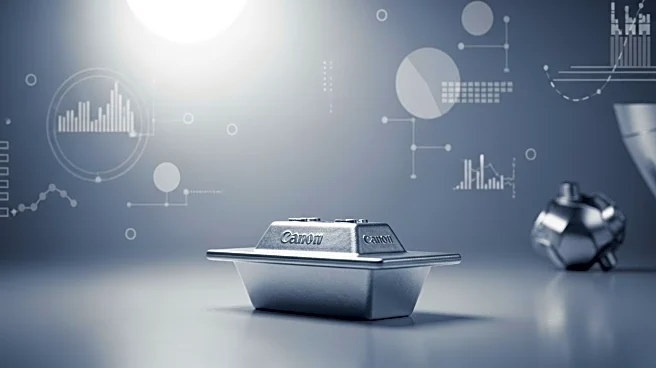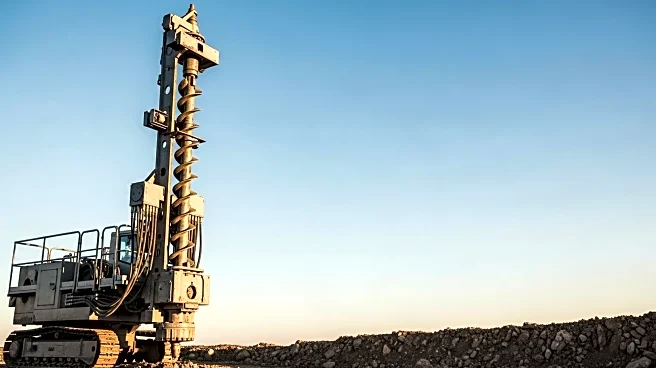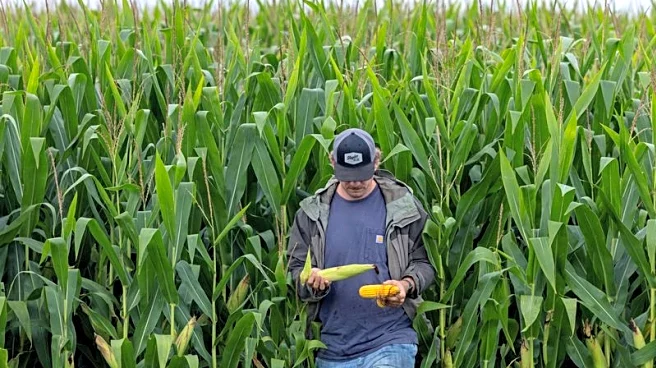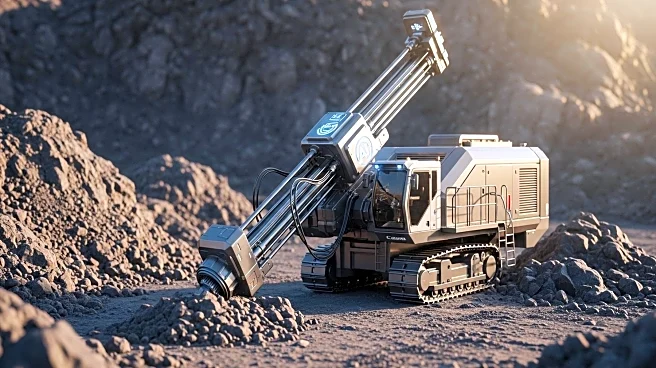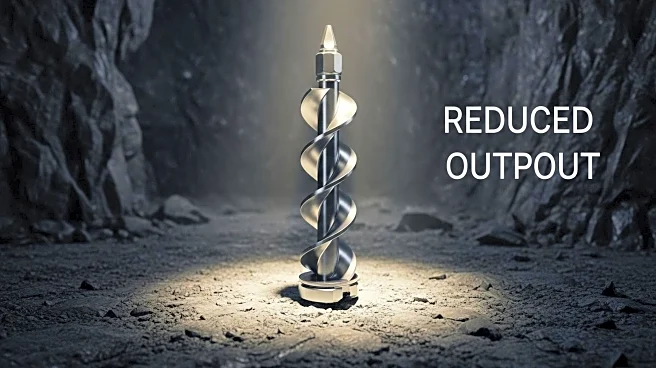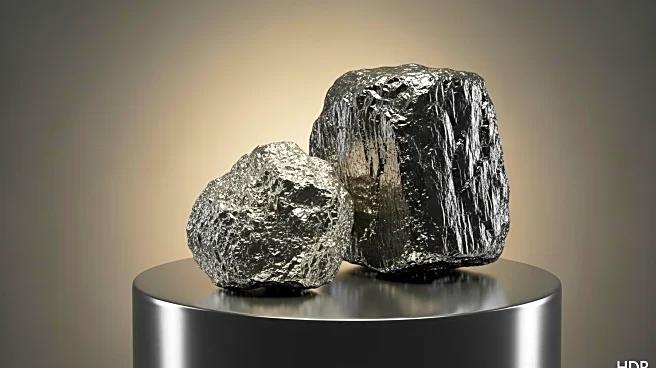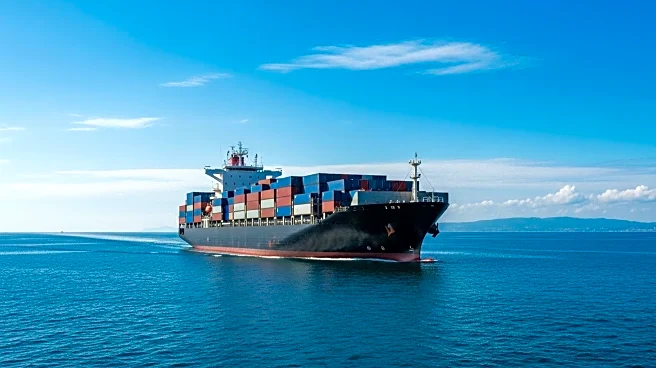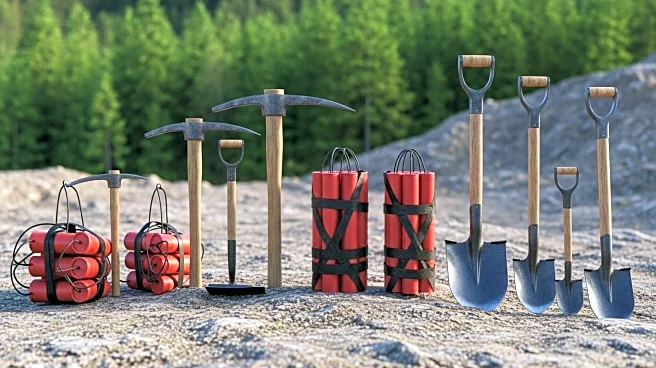What's Happening?
South32, an Australian diversified miner, is closely monitoring developments in Indonesia's alumina market. CEO Graham Kerr expressed concerns about Indonesia's ability to replicate its nickel industry success in the alumina sector. Indonesia has become a dominant supplier of low-cost nickel, impacting producers in other regions. The country has recently become a net exporter of alumina, a semi-processed product derived from bauxite and used to produce aluminum. Kerr highlighted challenges such as capital compression and the complexities of managing waste products like 'red mud,' which could limit Indonesia's ability to scale its alumina production.
Why It's Important?
Indonesia's expansion in the alumina market could have significant implications for global commodity prices and industry dynamics. If Indonesia successfully scales its alumina production, it could impact international competitors and alter market balances. For South32, understanding these developments is crucial for strategic planning and maintaining competitive advantage. The potential for Indonesia to replicate its nickel success in alumina could lead to increased competition and pressure on prices, affecting profitability for companies like South32.
What's Next?
South32 and other industry stakeholders will likely continue to monitor Indonesia's progress in the alumina market. Strategic adjustments may be necessary to mitigate risks associated with increased competition and potential price fluctuations. Companies might explore partnerships or investments in regions less affected by Indonesia's expansion to maintain market position. Additionally, environmental considerations related to waste management could influence future industry practices and regulatory policies.
Beyond the Headlines
The environmental impact of alumina production, particularly the management of 'red mud,' could become a focal point for industry discussions. As Indonesia seeks to expand its market presence, sustainable practices and regulatory compliance will be critical. This could lead to broader conversations about environmental responsibility and innovation in waste management within the mining sector.



